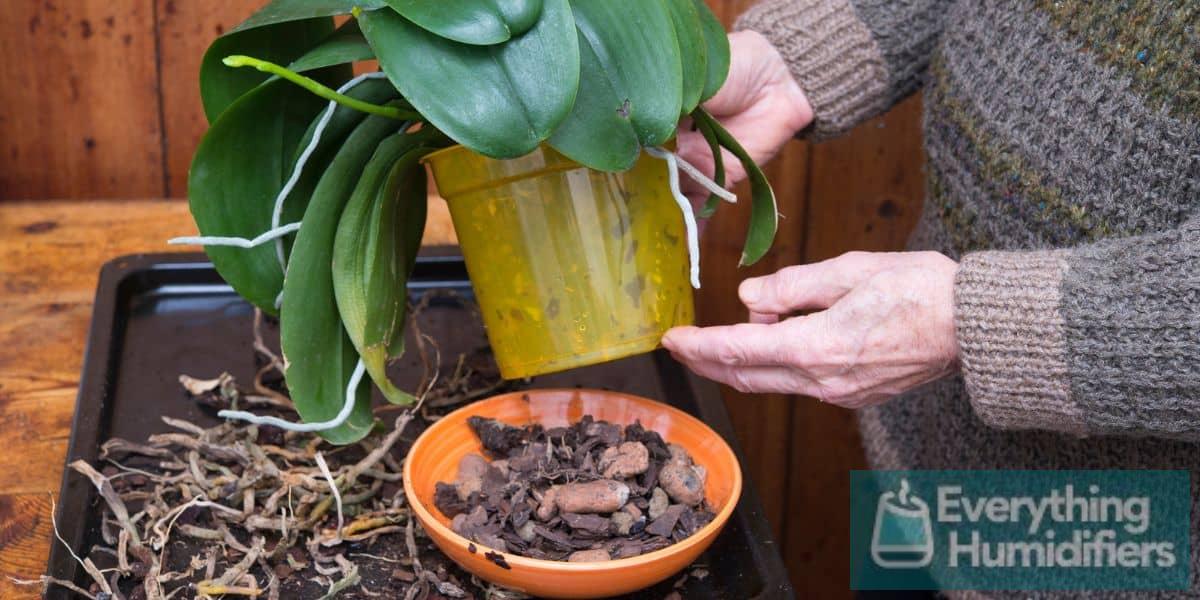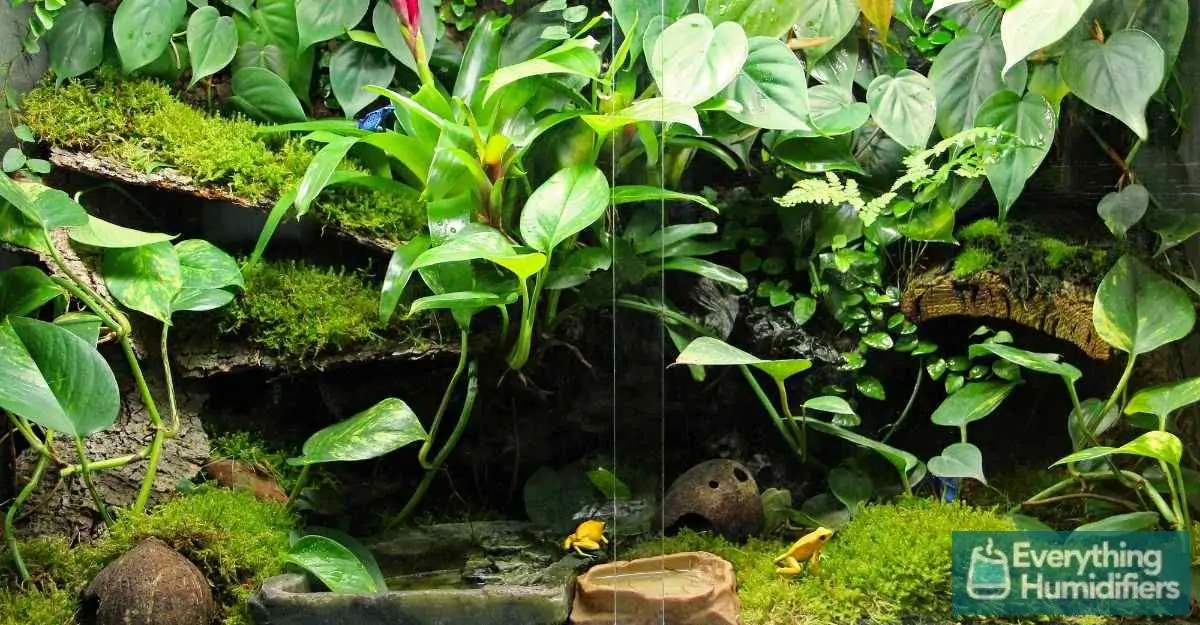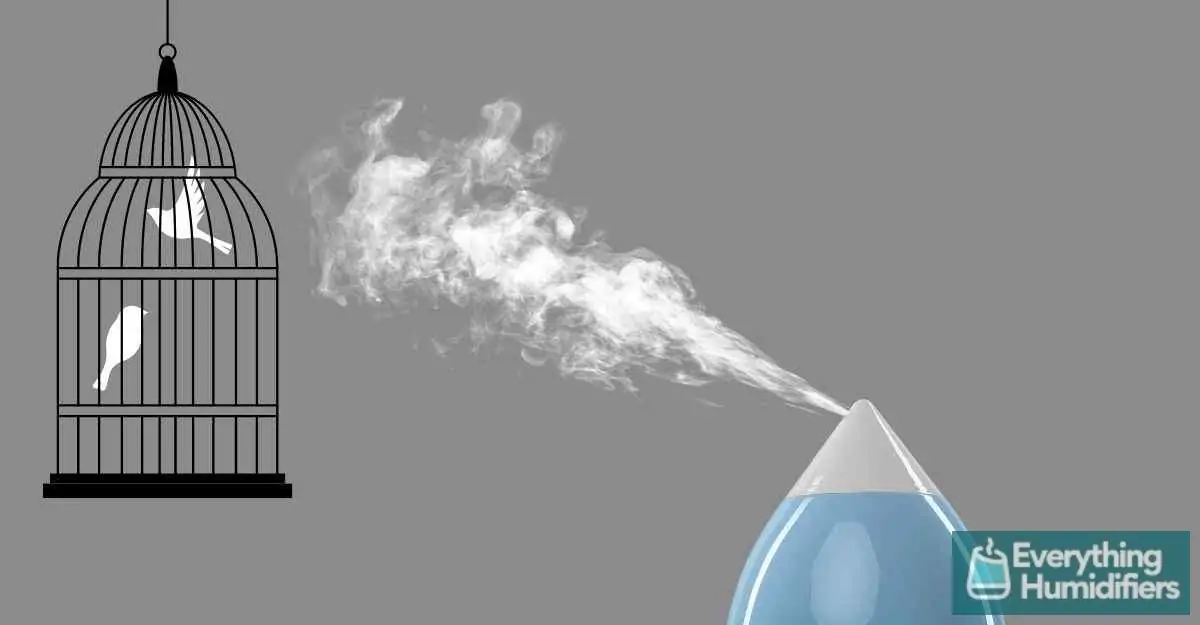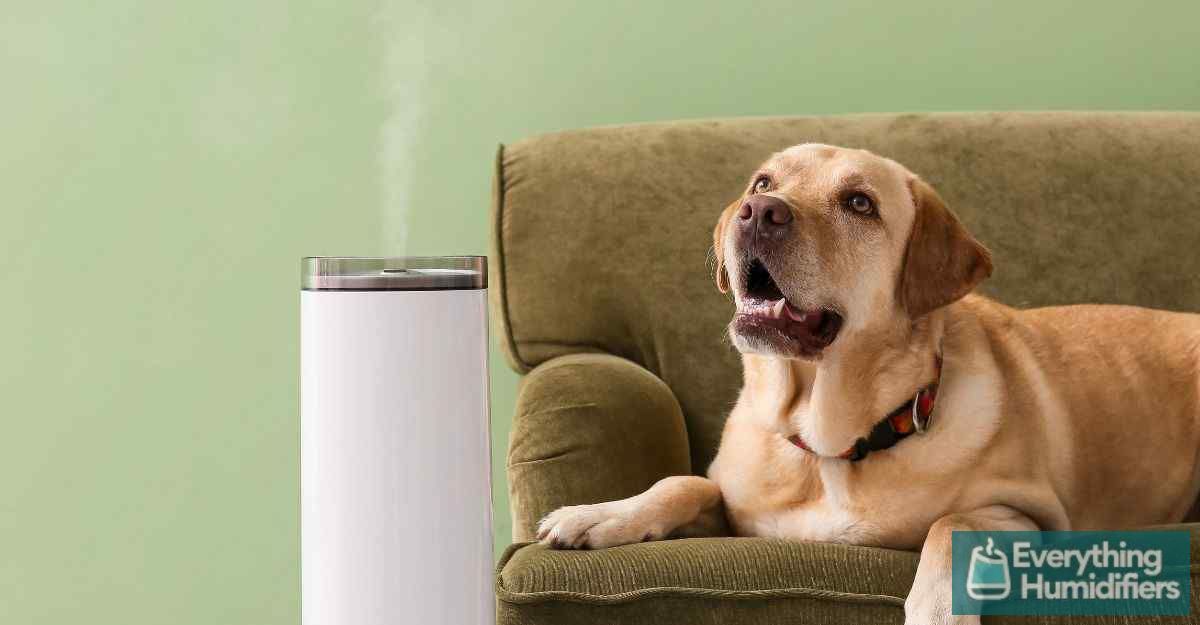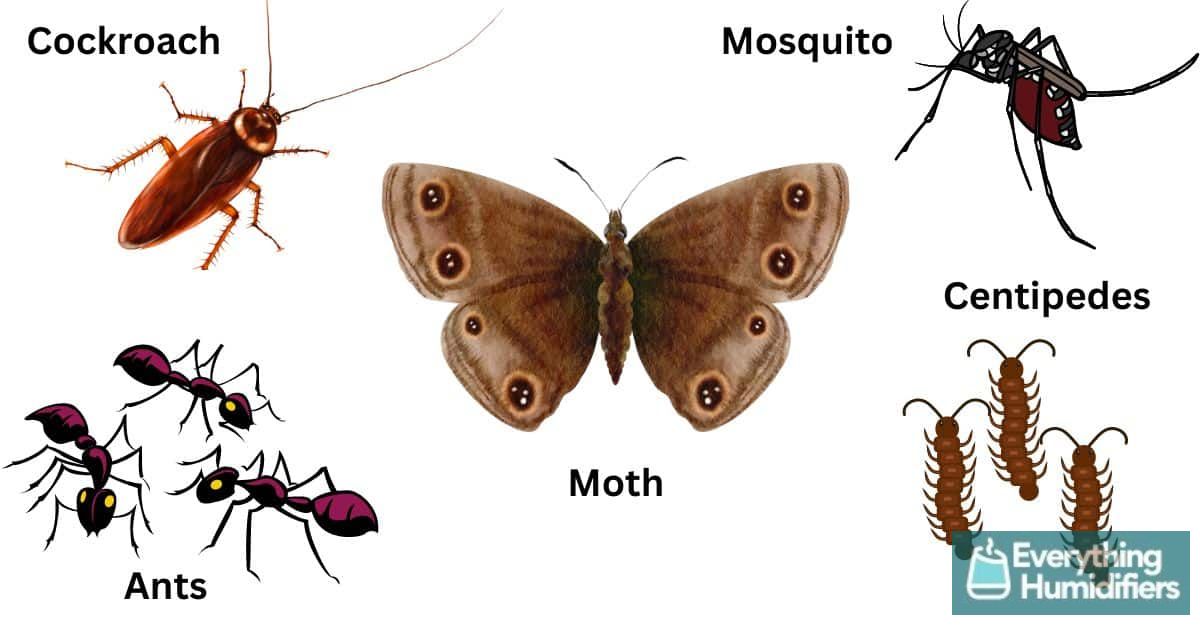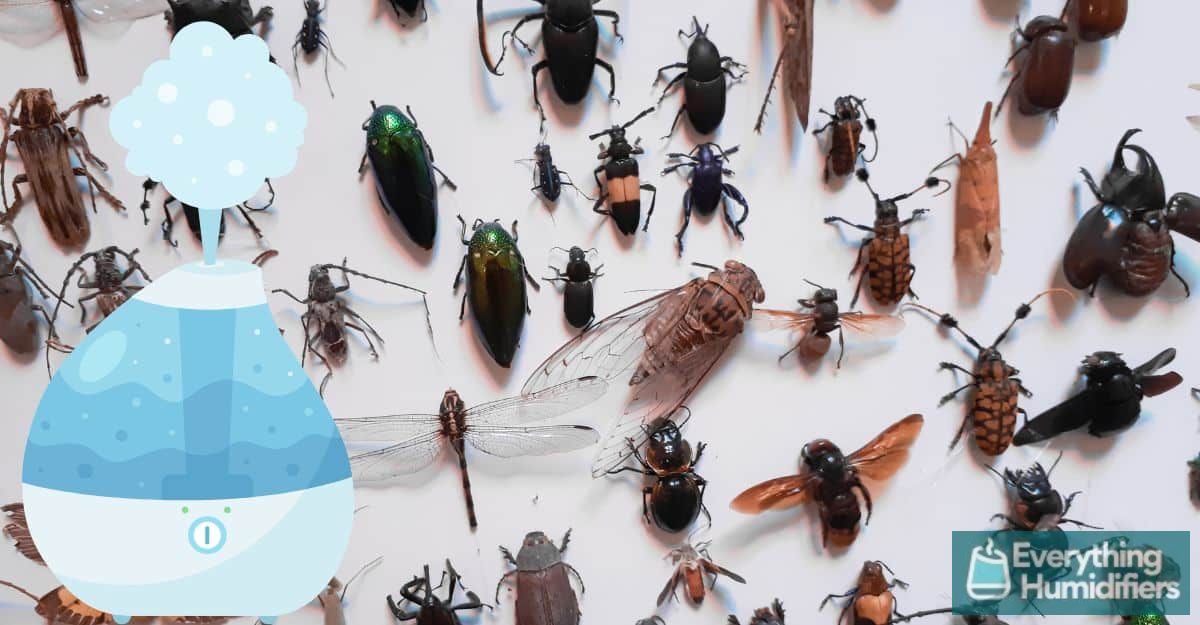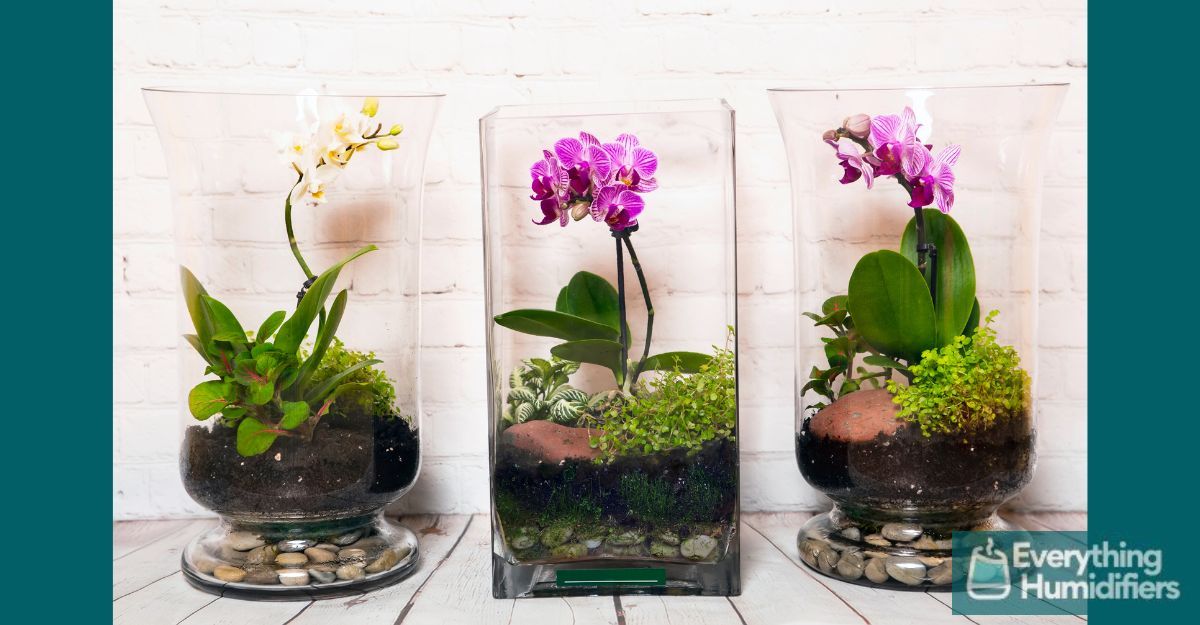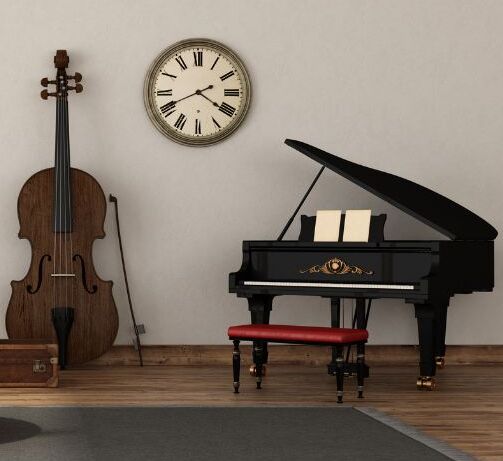
Dry air is a problem not only for humans but also for musical instruments.
Most musicians know that the lack of humidity and musical instruments do not go together.
Musical instruments need humidity or lack of moisture in the air will eventually degrade the integrity of the instrument and influence its sound quality.
Humidifiers are essential for anyone who owns a wood musical instrument and wants to preserve the instrument.
By maintaining the correct humidity levels around your instrument, you can prevent damage to the instrument caused by dry air.
How does dry air damage musical instruments?
When the air is too dry, the wood components in musical instruments begin to contract. This shrinkage can cause cracks in the wood, which will affect the sound quality of the instrument.
In extreme cases, dried and damaged wood can eventually cause the instrument to become unplayable.
Close monitoring of humidity in the air around wood musical instruments is essential. This is critical to maintaining the integrity of all wooden chambers, soundboards, and sliders.
That’s why humidifiers for musical instruments are used to restore moisture in the air, creating a healthy environment for both the instrument – and the person playing it!
Which musical instruments need humidity?
Guitars, pianos, violins, cellos, flutes, clarinets, indigenous wooden instruments, and other woodwind instruments are particularly susceptible to damage from dry air.
Without enough moisture in the air, these instruments can suffer from shrinkage, cracked wood, joint loosening, and diminished sound quality.
Humidifiers help to preserve the wood and maintain the integrity and sound quality of these instruments by preventing problems caused by drastic changes in humidity levels.
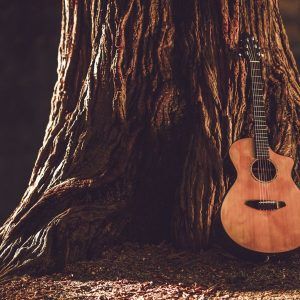
Tips on how to maintain the humidity of your musical instruments
- Use a hygrometer to measure and monitor the humidity levels of your instrument’s case or music room.
- Keep your musical instrument in its case when not in use.
- Don’t store your instrument in an attic or basement, as these are usually the driest areas in the house.
- Use a humidifier in your piano room to preserve its wood components.
- A small room humidifier can be used to preserve your guitar, violin, or cello.
- Use a humidifier during the winter months when indoor heating dries out the air.
- By following these simple steps, you can keep your musical instruments healthy and sounding their best.
What are the ideal humidity levels for different types of musical instruments?
The ideal humidity level for different musical instruments varies depending on the type of wood used in the construction of the instrument and the type of instrument.
For example, acoustic guitars made with spruce top wood can withstand higher humidity levels than those made with cedar wood.
General guidelines for the correct humidity levels for different types of musical instruments:
- Acoustic Guitars, violins, cellos, and double-bass instruments: 40-50%
- Pianos: 35-45%
- Flutes and clarinets: 30-40%
- Any Wooden Musical Instrument: 30-50%
These are general guidelines. Consult with a professional if you’re unsure about the ideal humidity level for your particular instrument.
Our article Humidity, friend or foe gives an overview of humidity and its affects.
Which type of humidifier is best for a musical instrument?
The type of humidifier you choose will depend on your instrument and the size of the room where it’s kept.
If you’re looking for a quiet humidifier that can also add a pleasant fragrance to the air, an ultrasonic humidifier may be the best option.
However, if you’re on a budget or prefer a less complicated humidifier, an evaporative humidifier may be the better choice.
Something else to keep in mind is that different types of musical instruments require different levels of humidity.
Humidifier sachets for your instrument case are another option if you just need to regulate the humidity.
Sound hole humidifiers for guitars are another option.
For a special collection of wooden instruments you could opt for a customized humidified display case (humidor) to protect and showcase your instruments.
Acoustic Remedy have some really nice clima case and stand examples on their website.
If you have a range of different instruments in your music room, it may be a good idea to consult with a musical instrument professional regarding the best mix of humidification devices and humidity level for the room.
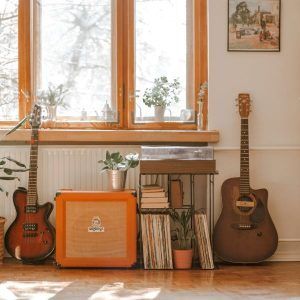
Humidifiers for acoustic guitars and classical wood instruments
If you have an acoustic guitar, you may know that the lack of humidity can be a problem.
By using a guitar room humidifier, the right level of humidity can be maintained to keep your guitars sounding great by preventing the surface of the body from becoming too dry and contracting. Serious cracks will also affect the intonation.
Classical musical instruments are particularly susceptible to dry air.
These instruments are usually carefully handcrafted, using fine woods. Violins especially have intricately crafted surfaces. Different types of wood are delicately laminated together and often incorporate inlays that can contract in varying degrees if the right levels of humidity are not maintained.
Humidifiers for the piano room
Pianos usually have a spruce wood soundboard to intensify the sound.
In grand pianos, the strings that are tensioned across the soundboard are especially tight. In some instances, if the air is too dry the soundboard can crack, causing the piano hammers to stick. This usually causes notes to “hang”.
The veneer on pianos may also be affected. Dry air can damage the wood veneer layers and also cause them to crack. This can be prevented by using a humidifier to maintain the correct humidity levels.
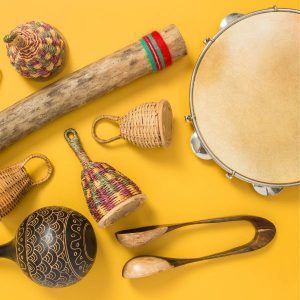
Humidifiers for indigenous musical instruments
Indigenous musical instruments are also vulnerable to the damaging effects of dry air.
These instruments are often made of materials that are not naturally resistant to drying out, such as hide, untreated raw woods, bamboo, and plant fibers.
In addition, many indigenous musical instruments are decorated with intricate designs that can be damaged by the cracking, contracting, and flaking that occurs when the air is too dry.
Summary
A musical instrument is an investment, by using a humidifier for your musical instruments, you can safeguard your investment and preserve its sound quality. And be sure to check the condition of your instrument regularly to make sure that it’s not suffering from any negative effects caused by the lack of humidity in the air.



